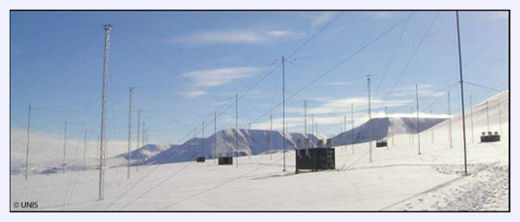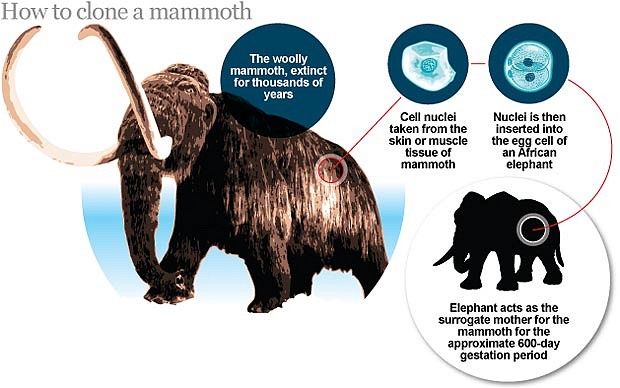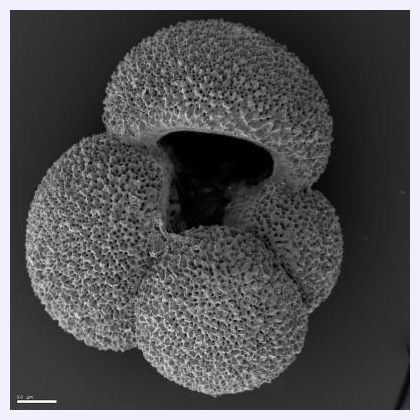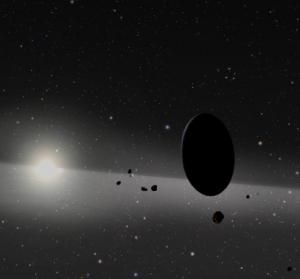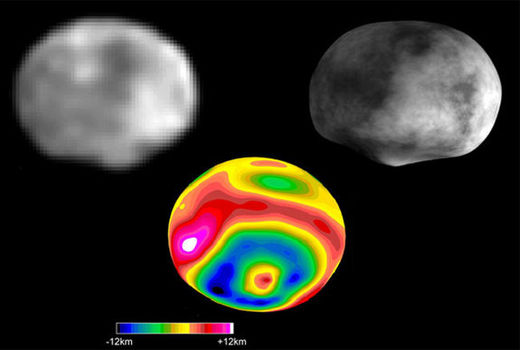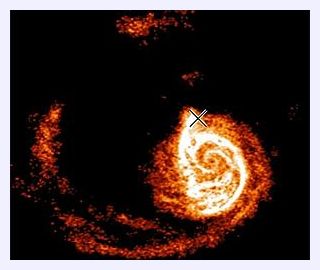
Planet X, an often-sought 10th planet, is so far a no-show, but Sukanya Chakrabarti has high hopes for finding what might be called Galaxy X - a dwarf galaxy that she predicts orbits our Milky Way Galaxy.
Many large galaxies, such as the Milky Way, are thought to have lots of satellite galaxies too dim to see. They are dominated by "dark matter," which astronomers say makes up 85 percent of all matter in the universe but so far remains undetected.
Chakrabarti, a post-doctoral fellow and theoretical astronomer at the University of California, Berkeley, has developed a way to find "dark" satellite galaxies by analyzing the ripples in the hydrogen gas distribution in spiral galaxies. Planet X was predicted - erroneously - more than 100 years ago based on perturbations in the orbit of Neptune.
Earlier this year, Chakrabarti used her mathematical method to predict that a dwarf galaxy sits on the opposite side of the Milky Way from Earth, and that it has been unseen to date because it is obscured by the intervening gas and dust in the galaxy's disk. One astronomer has already applied for time on the Spitzer Space Telescope to look in infrared wavelengths for this hypothetical Galaxy X.


